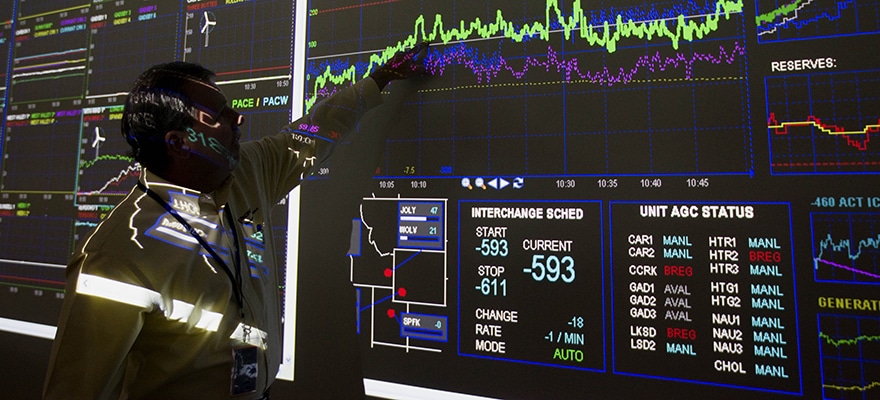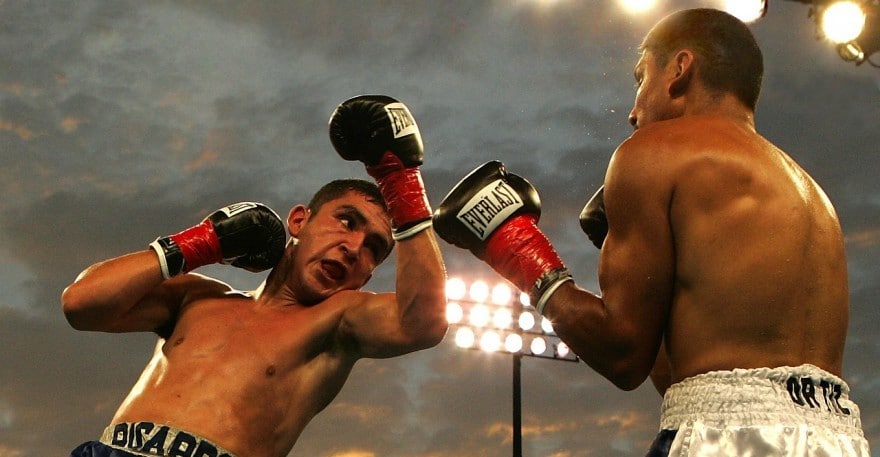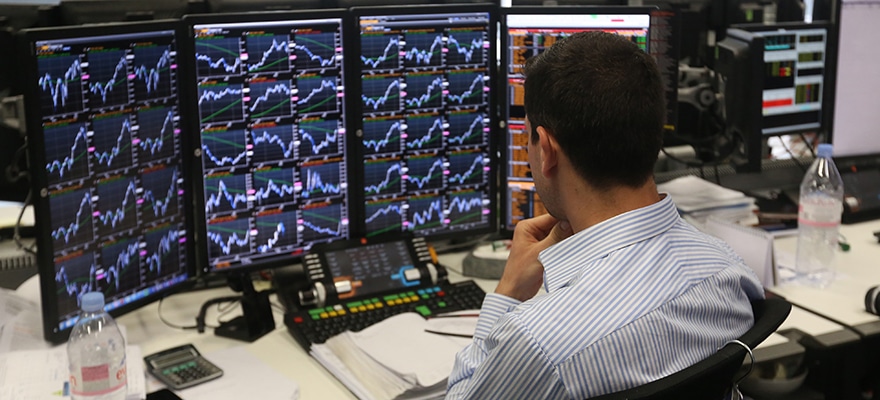As most of the readers already know, binary options trading has gained immense popularity over the last few years due to its inherent simplicity. Giving a trader two choices and telling them exactly how much they stand to win or lose before the trade is even launched, leaves them with little room for hesitation.
We've read many articles about which strategy is the most profitable one of all, and which one is most likely to outweigh the negatives with positives. Let’s be honest: there isn't and there never will be any foolproof formula for unlimited trading success. All that exists is a small set of trading strategies which may allow traders to realise more profit than losses in a single trading session - that is possible.
Let’s take a look at two separate strategies: Trend Following and Reversal/Ranging strategies.
As a general rule of thumb, markets trend at about 20% of the time, and the other 80% sees them in a non-trending - or ranging state. This doesn't mean that markets come back to a mean every single time per se, but rather that they oscillate. Certain studies, or technical indicators, help traders identify certain target oscillation levels.
Trend Following Strategy
A Trend Following strategy is typified by longer-term trades, i.e. capturing a trend. A decent Trend Following strategy will be profitable roughly 30% to 40% of the time, with losses occurring the other 60% to 70% of the time. The name of the game is to have those winning trades more than compensate for the losing trades. Additionally, one needs to have the "stomach" to lose 60% to 70% of the time; it requires endurance and a serious dose of discipline to just wait for that profitable trade to come along while watching your balance shrink.
Essentially, most traders who adopt a Trend Following strategy do so with the intention of capitalising on market movements, regardless of their direction. A trader who uses the Trend Following strategy will wait for a trend to establish itself, then jump on it and ride it until the trend no longer persists.
As a general rule of thumb, we can start talking about a ‘trend’ only when an asset’s direction is sustained over a certain period of time. Depending on the scope of the trend, this can be anywhere from several hours to several days.
The majority of traders would be inclined to use Moving Average indicators in an effort to detect a trend. Typically, the trader will use anywhere between two to three moving averages set to different periods in order to confirm the existence of a trend.
Identifying an entry point is usually achieved with the help of momentum or “swing” indicators (such as Stochastics or RSI), which will be used to enter the market on counter trend corrections.
Once the trade is placed, the trader will try to keep his potential losses tight while extending his take profit level as the trend evolves.
Reversal/Ranging Strategy
Markets have a higher tendency to ‘range’ or move sideways with no clear direction. A Reversal strategy is typified by taking short-term trades with the expectation that prices will bounce back to previous levels. This strategy allows the trader to capture much more profitable trades (a decent mean reverting strategy should show a win ratio of between 60 to 70%). This strategy is more popular among novice traders due to their psychological inclinations (i.e. winning more often than losing).
When applying a Reversal strategy, traders will most commonly use key levels (such as old highs and lows from previous trading sessions, key Fibonacci retracement levels and other) as well as technical momentum indicators (such as the Bollinger Band indicator, CCI, RSI and other) to determine entry levels from which the price is very likely to bounce back from.
However, many traders find themselves making many small profits over a few large losses. Indeed, in order to have a higher win rate, the trader will typically deploy wider stop loss levels and tighter take profit levels.
Binary Options + Ranging Strategy = Winning Strategy
Binary options are ideal for Mean Reverting strategies as they considerably mitigate the losing part of the equation. Why? Let's find refuge in numbers:
Consider a Mean Reversion strategy where you place a Call option whenever the market rate is below the lower Bollinger band, and a Put option when the market price is above the upper Bollinger band. Such a strategy could present the trader with a win ratio of 70%.
Assume you trade the strategy with binary options, giving you an 80% payout if you win, and a 100% loss if you lose. Every trade is for USD 1,000. Out of 10 trades, you should be making 7 profitable trades of USD 800 payout each (or a total of USD 5,600), while losing 3 trades of USD 1,000 each (or a total of USD 3,000). The strategy should net you USD 2,600 after 10 trades - not bad for a day's work! In essence, binary options allow you to limit your negative outcome by avoiding those painful extensions when you're wrong.
It is thus clear that the Mean Reversion strategy is more adaptable to binary options trading, even going as far as saying that binary options perfectly accommodate this strategy because of the aforementioned factors.
Between the two strategies discussed here, I've got my money on Mean Reversion.
















